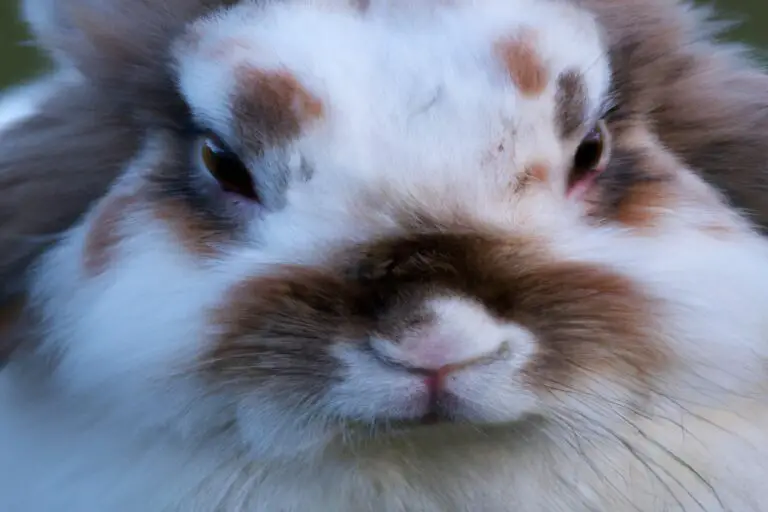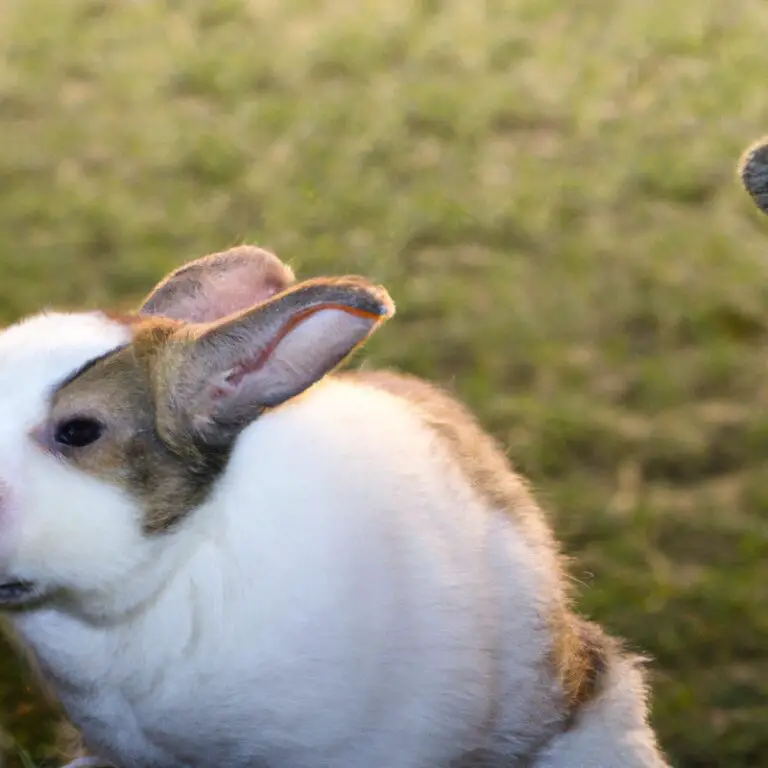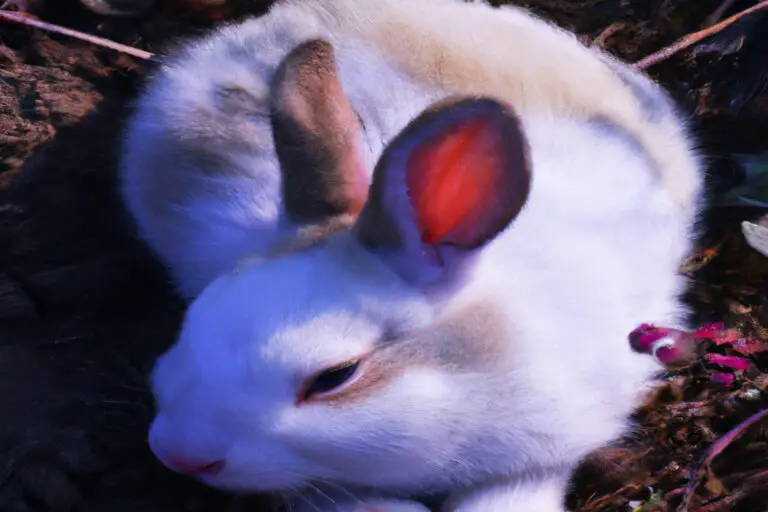How Many Bones Does a Rabbit Have? The Surprising Answer!
Key Takeaways:
- A rabbit has 63-68 bones in its skeletal system, varying based on breed and size.
- The majority of a rabbit’s bones are located in its limbs and spine.
- Certain bones in a rabbit’s body, such as the skull and pelvis, play crucial roles in protecting vital organs.
- The number of bones in a rabbit’s tail can vary, or they can be entirely absent depending on the breed.
Hey there, ever wondered how many bones are in that adorable little body of a rabbit? Well, get ready for a fascinating dive into the skeletal world of these furry creatures.
Brace yourself, because it’s not just about counting bones here.
We’ll explore the rabbit’s bone anatomy, the function of their skeletal system, common bone-related issues they face, and how to care for their bones. So, let’s hop right in and uncover the secrets hiding beneath those fluffy exteriors!
Skeletal structure of a rabbit
A rabbit’s skeletal structure consists of numerous bones that provide support and protection for its body.
Total number of bones in a rabbit
A rabbit has a total of 206 bones in its body. These bones make up the skeletal structure that provides support, protection, and allows for movement.
The bones in a rabbit’s body include the skull, spine, ribs, pelvis, and limbs.
Each bone serves a specific function and contributes to the overall agility and flexibility of the rabbit. Understanding the number and location of these bones is important for veterinarians and researchers studying rabbit anatomy.
Comparison with human skeletal structure
The skeletal structure of a rabbit differs from that of a human. While rabbits have 220 bones, humans have 206.
Rabbits have longer and more flexible spines, allowing them to make quick movements and excel in jumping.
Their limbs are adapted for running and powerful kicking. In contrast, humans have a more upright posture, with a curved spine and limbs designed for fine motor skills and endurance.
Understanding these differences is important for veterinarians and researchers studying both species.
Rabbit bone anatomy
Rabbit bone anatomy: Understanding the structure and composition of bones in rabbits.
Main types of bones in a rabbit
In a rabbit’s body, you’ll find three main types of bones: long bones, flat bones, and irregular bones.
Long bones, like those in the legs, provide support and help with movement.
Flat bones, such as those in the skull and pelvis, protect vital organs.
Irregular bones, found in the spine and face, have unique shapes and functions.
These different types of bones work together to give a rabbit its form and allow it to navigate its environment.
Bone composition and structure in rabbits
Bone composition and structure in rabbits vary, but they generally have about 206 bones. The bones of rabbits are primarily made up of collagen and mineralized calcium phosphate, providing strength and flexibility.
They also contain bone marrow, which produces red and white blood cells.
Rabbit bones are lightweight and have cavities called medullary cavities that help reduce weight without compromising strength. Some key bones in a rabbit include the skull, spine, ribs, and limbs, which enable them to hop and move quickly.
Overall, the composition and structure of rabbit bones are adapted to their unique anatomy and lifestyle.
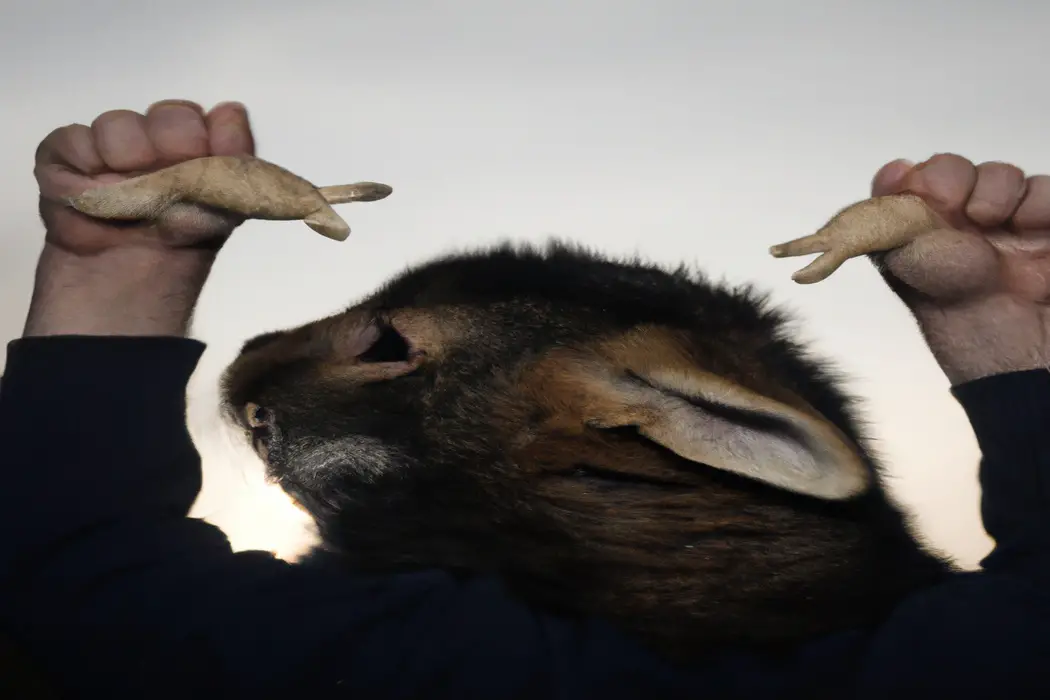
Skeletal system functions in rabbits
The skeletal system in rabbits serves two main functions: providing support and protection, as well as facilitating movement and locomotion.
Support and protection provided by the bones
The bones in your body play a key role in providing support and protection.
They form the framework that holds everything together, allowing you to stand, walk, and move.
Your bones also protect vital organs like your brain, heart, and lungs.
Without them, your body would be vulnerable to injury and unable to function properly.
So, the support and protection provided by your bones are essential for your overall mobility and well-being.
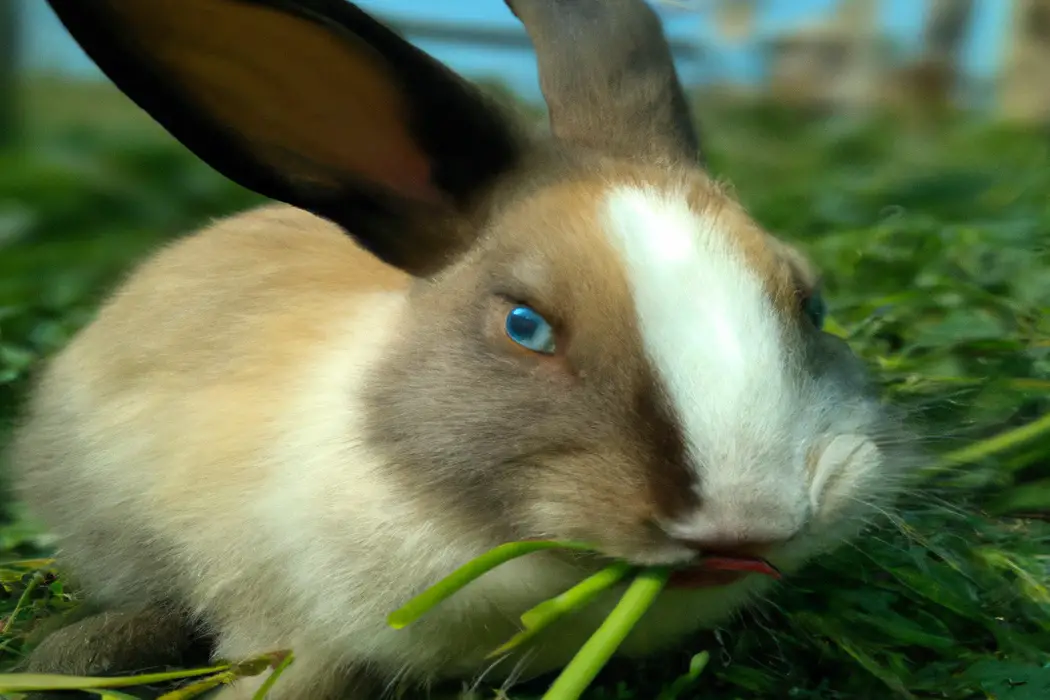
Role of bones in movement and locomotion
Bones play a vital role in the movement and locomotion of animals, including rabbits. They provide support and structure, allowing animals to maintain their shape and carry out various movements.
By acting as levers, bones enable muscles to generate force and create movement.
Additionally, bones protect delicate organs and tissues, such as the spinal cord and brain. Without bones, movement and locomotion would be impossible.
So next time you see a rabbit hopping around, remember that its bones are the key to its agility and mobility.
Common bone-related issues in rabbits
Bone fractures and breaks are common bone-related issues in rabbits, along with dental problems that can impact their overall bone health.
Bone fractures and breaks
Bone fractures and breaks are common bone-related issues in rabbits. These injuries can occur due to accidents, falls, or trauma.
It is important to handle your rabbit with care and provide a safe environment to minimize the risk of fractures.
If you suspect that your rabbit has a broken bone, it is essential to seek immediate veterinary care. Your veterinarian will be able to determine the extent of the injury and provide appropriate treatment options.
Treatment may involve immobilization with a splint or cast, pain management, and sometimes even surgery.
Remember, prompt veterinary attention is crucial in ensuring your rabbit’s well-being and recovery.
Dental problems and their impact on bone health
Dental problems in rabbits can have a significant impact on their bone health. When rabbits have dental issues such as overgrown teeth or malocclusion (misalignment), it can affect their ability to chew and grind their food properly.
This can lead to a lack of essential nutrients being absorbed, which in turn can result in weakened bones.
Additionally, dental abscesses can form in rabbits, which can spread infection to the surrounding bone tissue. Regular dental check-ups and proper dental care are crucial to maintaining good bone health in rabbits.
Caring for a rabbit’s bones
To care for a rabbit’s bones, focus on proper nutrition and regular exercise.
Proper nutrition to promote bone health
To promote bone health in rabbits, providing them with proper nutrition is essential. Make sure to include a balanced diet that consists of high-quality hay, fresh vegetables, and a limited amount of pellets.
Additionally, incorporating calcium-rich foods, such as leafy greens and herbs, can help support strong bones.
It’s important to consult with a veterinarian to ensure you’re meeting your rabbit’s specific nutritional needs.
Regular exercise and activity for strong bones
Regular exercise and activity are essential for maintaining strong bones in rabbits. Keep your rabbit active by providing plenty of space for them to hop, jump, and explore.
Encourage exercise through toys, tunnels, and obstacle courses.
Additionally, ensure your rabbit has a well-balanced diet rich in calcium and vitamin D to support bone health. Regular vet check-ups will also help identify any potential issues and ensure your rabbit’s bones stay strong and healthy.

Frequently Asked Questions
How often do rabbit bones regenerate?
Rabbit bones have the ability to regenerate throughout their lives. This means that if a rabbit fractures or breaks a bone, it has the potential to heal and regenerate over time.
The rate of bone regeneration in rabbits can vary, but generally, it takes several weeks to a couple of months for bones to fully heal.
It’s important to provide appropriate care, such as immobilizing the affected area and providing a balanced diet, to support the bone regeneration process in rabbits.
Can rabbits suffer from osteoporosis?
Yes, rabbits can suffer from osteoporosis.
Osteoporosis is a condition characterized by weak and brittle bones, and rabbits are not immune to it.
This can happen due to various factors such as lack of exercise, poor diet, or hormonal imbalances.
It’s important to provide rabbits with a balanced diet that includes adequate calcium and vitamin D, as well as regular exercise to maintain bone health.
Regular veterinary check-ups can help identify any signs or symptoms of osteoporosis in rabbits.
What are the signs of bone-related health issues in rabbits?
Bone-related health issues in rabbits can manifest through various signs. Some common symptoms include limping, reluctance to move, swelling or deformity of the bones, and difficulty in supporting weight.
Rabbits may also experience loss of appetite, reduced activity levels, and changes in behavior due to pain or discomfort.
It is important to monitor your rabbit’s mobility and behavior closely, and consult a veterinarian if you notice any of these signs to ensure proper diagnosis and treatment.
Final Verdict
A rabbit’s skeletal structure consists of around 205 bones, which is significantly more than the number of bones in a human. Understanding the anatomy of a rabbit’s bones and their composition is crucial in ensuring their overall health and well-being.
The skeletal system of a rabbit provides support, protection, and aids in their movement and locomotion.
However, rabbits are prone to bone-related issues such as fractures and dental problems, which can have a significant impact on their health. To care for a rabbit’s bones, it is important to provide them with proper nutrition and regular exercise.
By prioritizing their bone health, we can help rabbits live a happy and active life.



